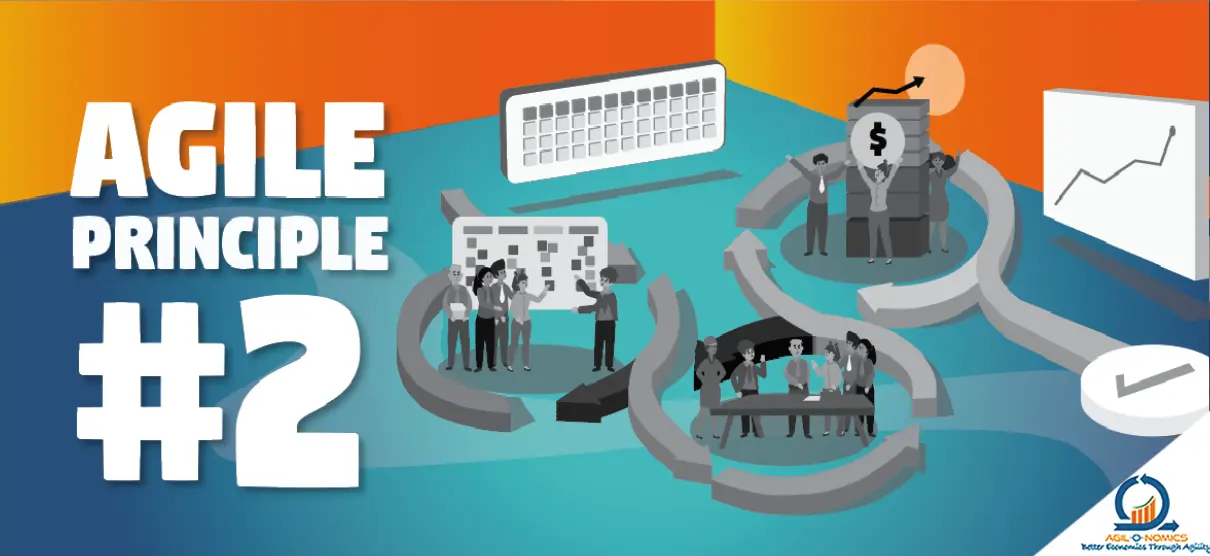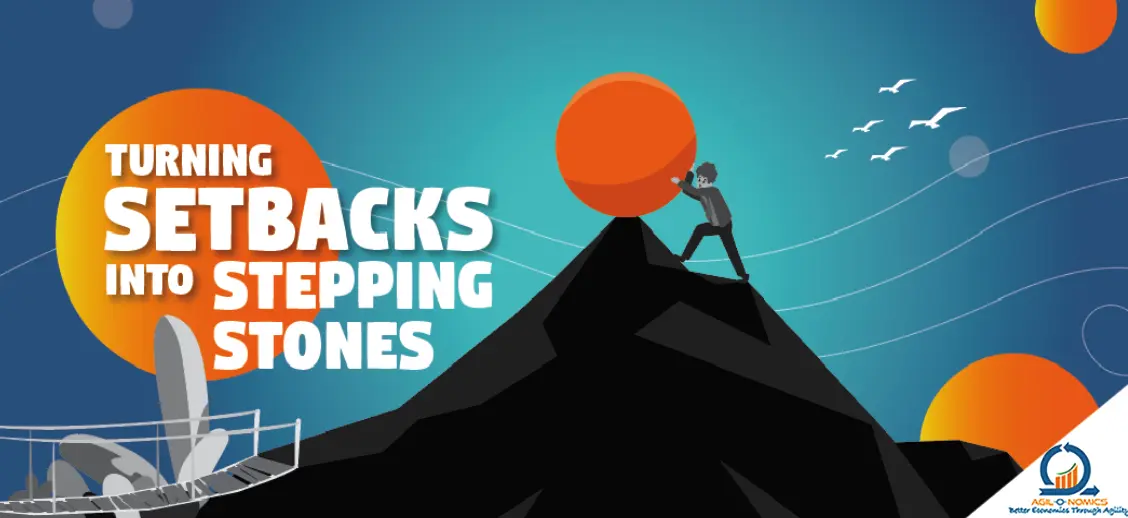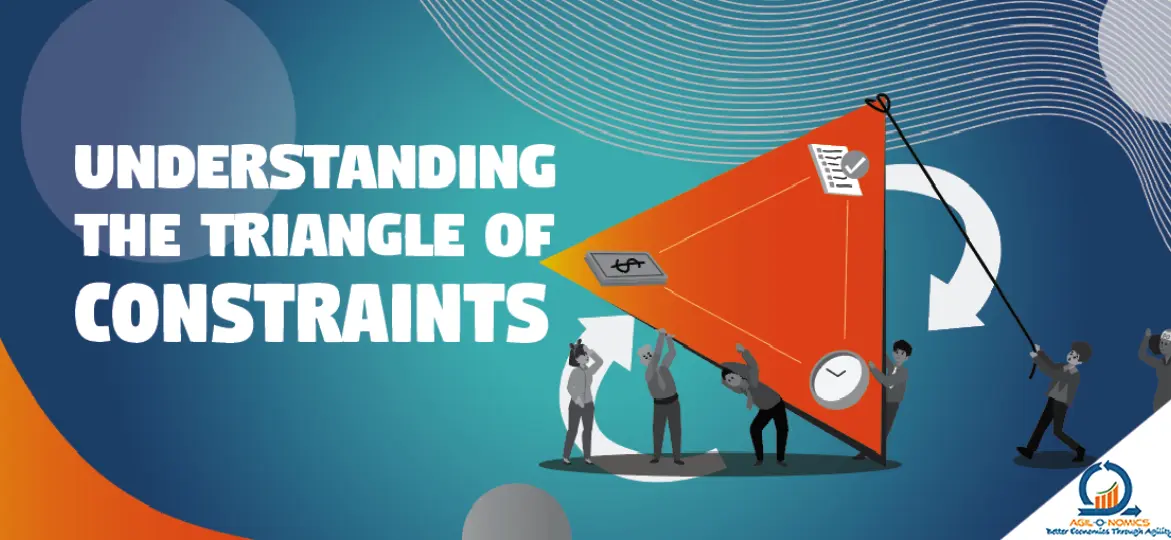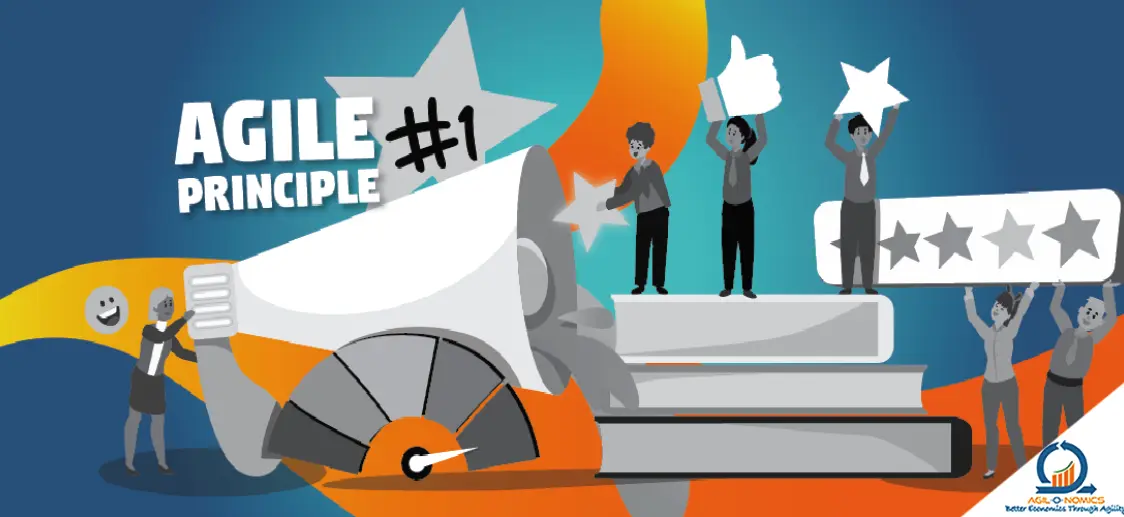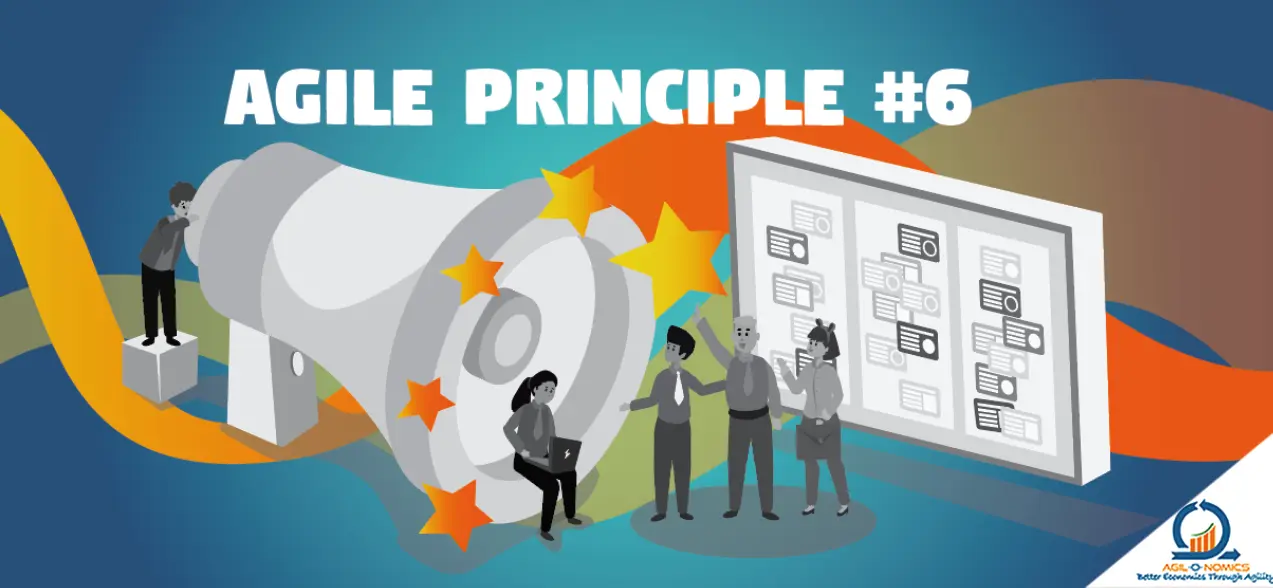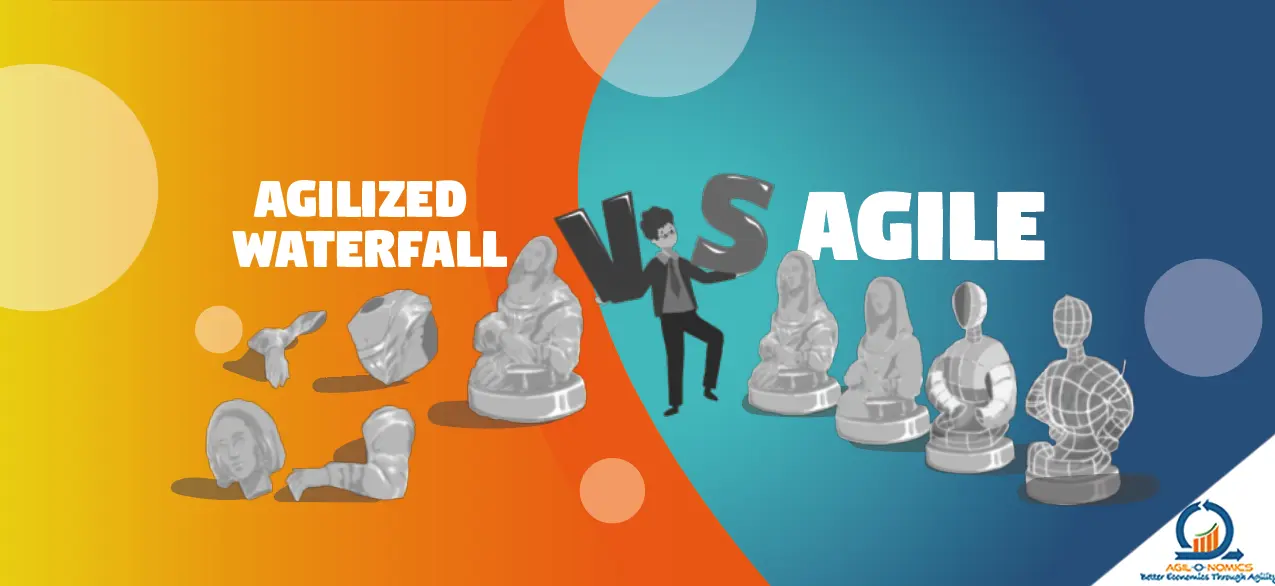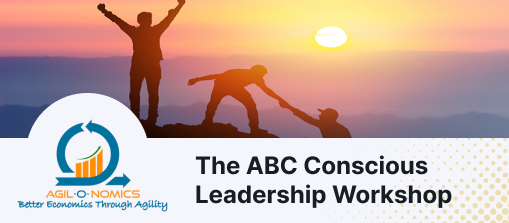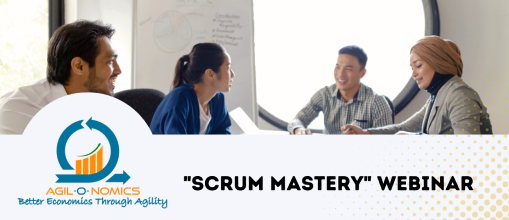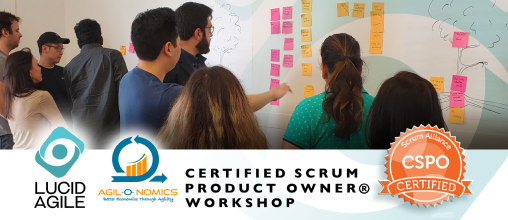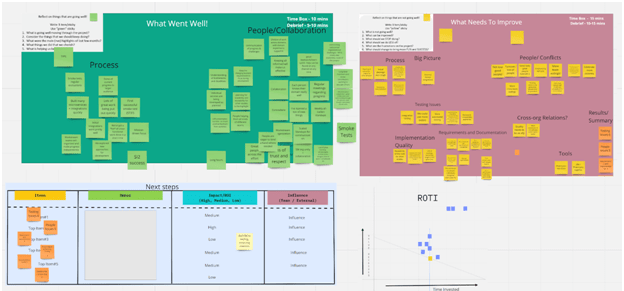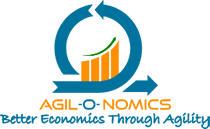
The Product Backlog: Your Secret Recipe for Bringing Products to Life!
If you were a chef in a busy kitchen, then the pages in your favorite recipe binder could be your Product Backlog. You would not consider this binder to be merely a list of ingredients, right? But more like a prioritized collection of culinary wonders waiting to be cooked up into a delicious masterpiece! So, exactly as a recipe guides you step by step, the Product Backlog steers you towards creating a delightful product. It’s a collection of ideas, features and improvements, all carefully prioritized to make sure you’re working to create the most valuable experiences to your customers. A powerful thought to deep dive on: Is your Product Backlog coming up like a well curated menu, or is it more like a disorganized kitchen drawer stuffed with arbitrary ingredients? Prioritization is the secret dressing! In the same way as an expert chef would skillfully select the finest ingredients for a dish, you need to prioritize the Product Backlog Items (PBIs) that bring the most value to your customers, users and business. This is as kin to finding that perfect balance of flavor and value! Ready for the final gem? Roman Pichler, one of the Agile Product Management Gurus’ wise words echo loud and clear: “The Product Backlog is a prioritized list of work remaining that is necessary to bring the product to life.” To all the Scrum Masters, Product Owners and Agile enthusiasts, I urge you discover the true power of the Product Backlog by embracing the art of prioritization. Craft a delectable menu that delights your customers, and watch as your products come to life in the most amazing way! ✨ Adapted from Agilonomics’ LLC LinkedIn post (June 2023)


